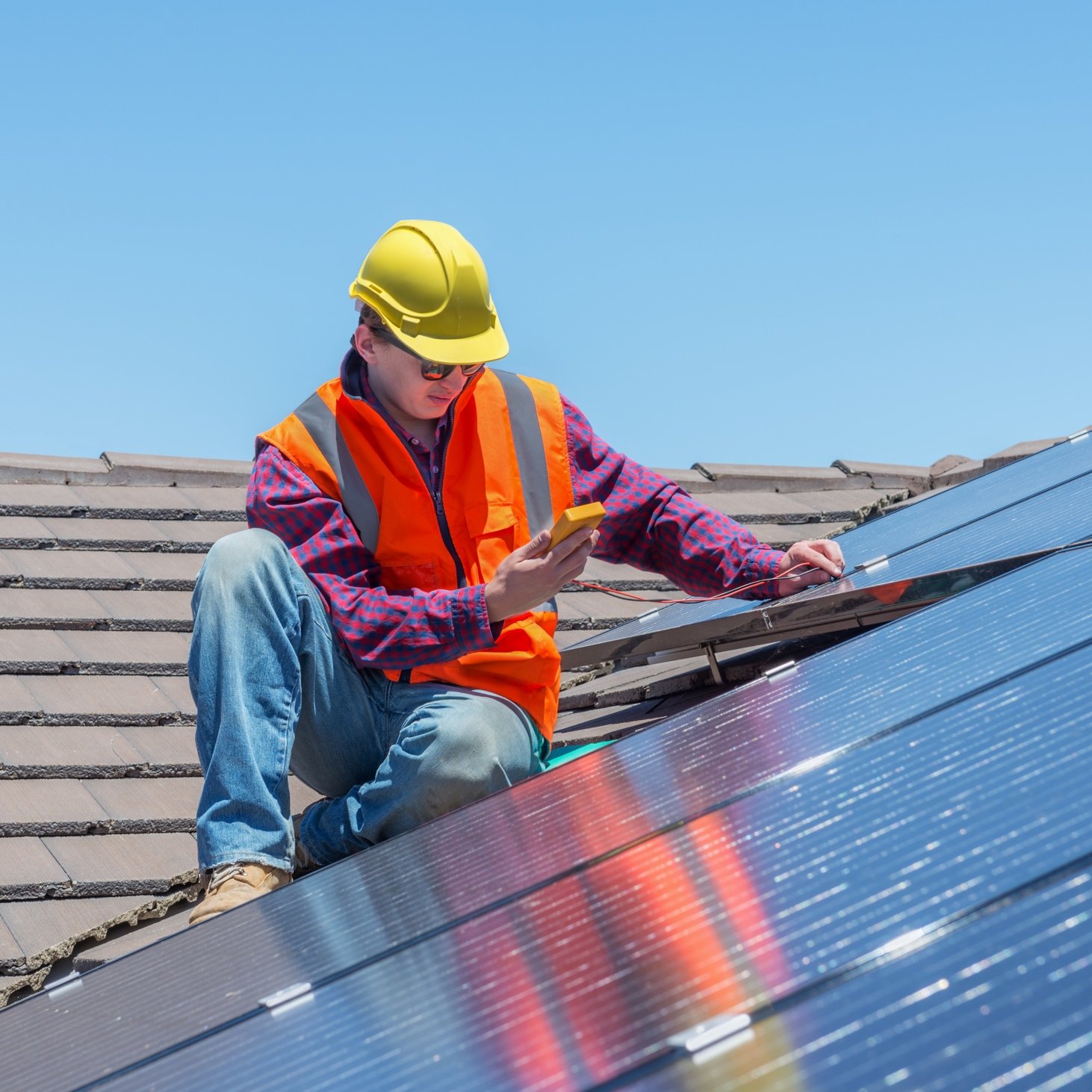Energy
Target, Walmart Lead Top 10 Adopters of Solar Energy

Published:
Last Updated:

Solar energy adoption among large U.S. corporations has grown from a total installed base of 300 megawatts (MW) in 2012 to more than 1,000 MW this year. The total represents 16% of all non-residential and non-utility scale solar photovoltaic (PV) capacity in the country. Collectively these systems generate 1.5 million MWs a year, enough to power 193,000 homes and offset 1.1 million metric tons of carbon dioxide emissions.
The top two U.S. companies are also the top two big-box retailers: Target Corp. (NYSE: TGT) and Wal-Mart Stores Inc. (NYSE: WMT). Measured by total installed MWs, Target leads with 147 MW to Wal-Mart’s 145 MW. In number of installations, Wal-Mart leads with 464 solar PV systems on different facilities to Target’s 300 installations.
Target is expected to install a total of nearly 69 MWs in 2016, far more than second-place Wal-Mart’s 21.2 MWs of new solar PV installations.
The data were reported recently by the Solar Energy Industries Association (SEIA) in their 2016 edition of “Solar Means Business.”
Rounding out the top 10 in terms of total installed solar PV capacity are Prologis Inc. (NYSE: PLD) with 108 MWs of installed capacity, Apple Inc.(NASDAQ: AAPL with 94 MWs, Costco Wholesale Corp. (NASDAQ: COST) with 51 MWs, Kohl’s Corp. (NYSE: KSS) with 50 MWs, IKEA with 44 MWs, Macy’s Incl. (NYSE: M) with 39 MWs, General Growth Properties Inc. (NYSE: GGP) with 30 MWs, and tied with 23 MWs, Hartz Mountain and Bed, Bath and Beyond Inc. (NASDAQ: BBBY).
IKEA has installed solar PV at nearly 90% of its 38 U.S. locations, while General Motors Co. (NYSE: GM) ranks second in percentage of facilities with some solar power generation with about 31%. Johnson & Johnson (NYSE: JNJ) ranked third with about 28%.
The types of facility with the most installed solar capacity are retail stores, claiming just over half of all solar capacity. Large distribution centers and data centers take more than a quarter of all installed capacity.
The SEIA reported noted that declining PV prices are driving growth even though state and federal policy has been volatile in recent years. Commercial prices have fallen by 58% since 2012 and by 16% year over year in 2016.
Ever wanted an extra set of eyes on an investment you’re considering? Now you can speak with up to 3 financial experts in your area for FREE. By simply
clicking here you can begin to match with financial professionals who can help guide you through the financial decisions you’re making. And the best part? The first conversation with them is free.
Click here to match with up to 3 financial pros who would be excited to help you make financial decisions.
Thank you for reading! Have some feedback for us?
Contact the 24/7 Wall St. editorial team.